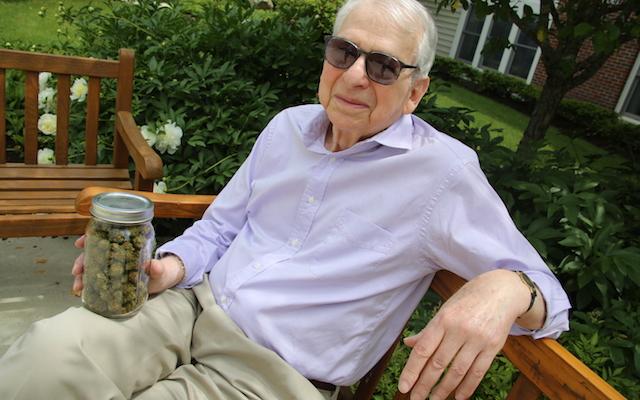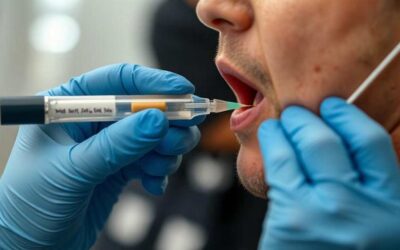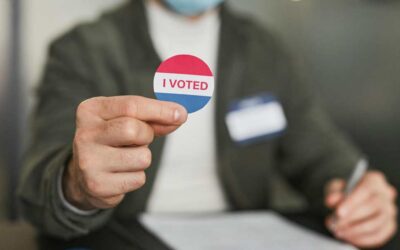It’s a popular theme in marijuana use – the “entourage effect.” It’s defined as the broad-spectrum sense of wellness derived from consuming an unaltered or concentrated form of cannabis. All the natural chemicals found in cannabis are ingested simultaneously.
Any single chemical in isolation does not perform in the same way that a substance will when associated with other chemicals found in the original, natural source. The three primary components of the marijuana chemical cocktail include CBD, THC and the phytocannabinoid group of terpenoids.
CBD by itself performs different than CBD in conjunction with THC, and both perform differently when in the presence of terpenoids. Marijuana’s strength and effect varies by strain based on the ratio of these three components, among other factors.
“It’s a mixture of CBD, cannabidiol, THC and the phytochemicals, the terpenoids,” says Harvard Professor, Dr. Lester Grinspoon. “You need all three of them to get the best therapeutic effect.”
But Dr. Grinspoon says that he entourage effect, the broad-based experience cannabis users have when they consume marijuana containing all three components, is improperly named, Grinspoon told listeners of the Planet Green Trees Radio Show on Thursday, March 10. He prefers the term “therapeutic ensemble.”
“I think that the ensemble is a better idea than entourage, because the word ‘entourage’ implies one item moving in this direction – and it has company,” Dr. Grinspoon explained, “and it is [the item] that is responsible for that activity, and the others just go along. That’s entourage.
“The word ‘ensemble’” he continued, “means that these are the three things that are required for the best therapeutic effect, but you can manipulate the percentage of two of them.”
Those are THC and CBD, Dr. Grinspoon stated. “The phytochemicals, the terpenoids, they come with it, as long as it is derived from the bud, from the plant and not from some oil where all the phytochemicals have been distilled out. As long as you are getting it from the bud you can manipulate by mixing strains.”
Dr. Grinspoon illustrated the advantage of the therapeutic ensemble, and the effect seen when it is absent: “Cannabidiol is a non-psychoactive cannabinoid, which in fact opposes tetrahydrocannabinol, the psychoactive. If you take a large dose of CBD for therapy during the day and you try to use THC at night you won’t get high. On the other hand, you can make the THC high compared to the CBD, the ratio is reversed, and you will get a high. As long as you have the two of them, and the phytochemicals, the terpenoids, you will get a therapeutic effect.”
Charlotte’s Web, a strain of cannabis known for its high CBD and low THC ratio, was cited by Dr. Grinspoon as an example of plant manipulation to express effect. “People can use [that strain] for therapeutic utility and they won’t get high, and that’s great. On the other hand, there are some people who like to have more THC in it so they get somewhat of a high, because high equals antidepressant for some people and that is very important.”
The therapeutic ensemble is the key to maximizing medicinal effect. “In the world of the future we’re gonna have this therapeutic ensemble. You’ll be able to go into the medical store… and you can get a mix where you get the right ratio of cannabidiol to THC,” Dr. Grinspoon opined. “As long as that has terpenoids with it, it will be therapeutic.”
Advances in marijuana testing are making medicinal cannabis use more user-friendly by identifying the product’s ratio of components. Patients can look past flashy names to find medicine that will deliver consistent, predictable effects. “It will be very easy for [medical marijuana patients] to pick it out because it isn’t the name of the strain; it’s how much of these three constituents the marijuana-based medicine contains,” Dr. Grinspoon said.
One group that could benefit from this kind of targeted therapy: veterans. “PTSD is very responsive to cannabis,” Dr. Grinspoon related to PGT host, attorney Michael Komorn.
Dr. Grinspoon is a pioneer in marijuana science. During the interview he discussed some of his earliest experiences with marijuana and how they were influenced – some might say, peer-pressured – by a young Carl Sagan.

Rick Thompson
By Rick Thompson · Thu Mar 17, 2016
Listen to the entire interview with Dr.Grinspoon on Planet Green Trees here.











